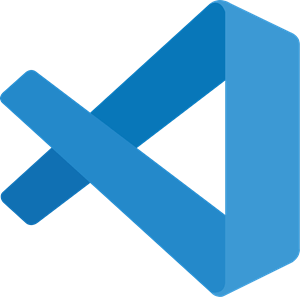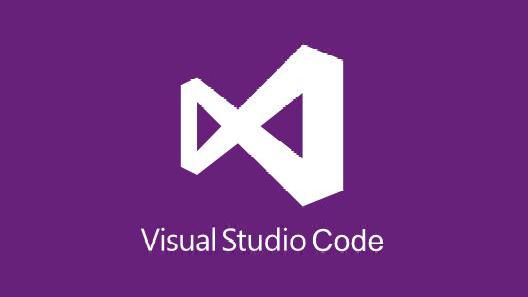

vscode folder isn't showing, press Shift + ⌘ +. Remove it from your dock and re-add it, if necessary.ġ If the. Find the Native macOS Theme Folder ( dsoloha.native-macos-0.0.1), then drag the icon.icns file onto the Info pane, onto the small icon at the top (directly under the title bar). Navigate to the Visual Studio Code extensions folder ( Users/your-name/.vscode/extensions) 1. Right-click on it, then click "Get Info". Navigate to your applications folder and find Visual Studio Code. icon.png will work on both macOS and Windows, and icon.icns and icon.ico will work exclusively on each one respectively. To complete the look, you can also replace the default icon of Visual Studio Code with one of the macOS-themed icons included. If you'd like, you can also disable the minimap, though I personally prefer to keep mine on for ease of use.

"vscode_vibrancy.theme": "Dark (Only Subbar)", You can also hide the Activity bar and replace it with an extension like Activitus Bar to further the look, and use an extension like Vibrancy to enhance it. You can easily perform these tweaks by using the command pallette to open settings.json ( Shift + Ctrl + P on Windows, Shift + ⌘ + P on Mac) and searching "Preferences". The native title bar, for example, really makes a huge difference, and so does the font, SF Mono (you can find that here, if you don't already have it installed). There are a few optional tweaks you can do to really nail down the look of native macOS. The "Dark theme, dark editor" variant Optional Tweaks Native macOS - Light Theme The "Light theme, light editor" variant The extension includes four versions - two light and two dark, with a light and a dark editor version for each. Native macOS is a color theme for Visual Studio Code that aims to match native macOS applications as closely as possible. Please report bugs to the GitHub repository. Note: This extension is still very much a work-in-progress.


 0 kommentar(er)
0 kommentar(er)
